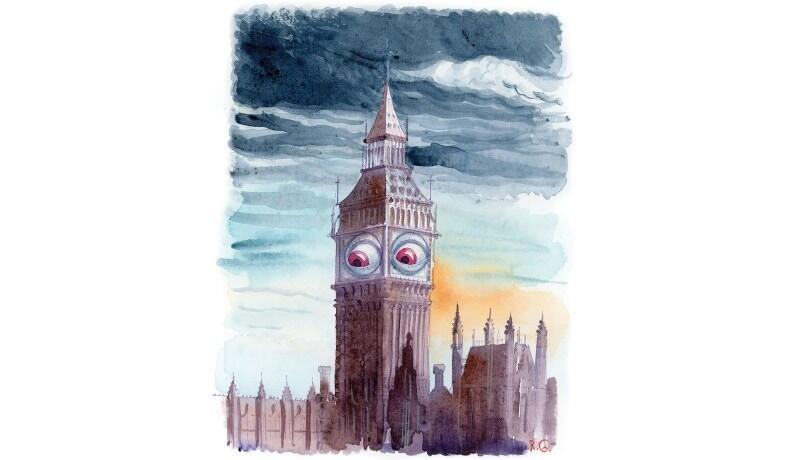As expected, we are starting to see the numbers and consequences of the Covid vaccine. Singapore this time, where live births are down 10% in 2022. In Japan, it was just announced last week that live births were down 9% in 2022. These are not small numbers.
Better, the 1% difference correspond almost exactly to the difference in vaccination rates in Singapore and Japan! What an amazing coincidence! Curious minds would inquire about correlation...
Guest Post by Alex Berenson
Meanwhile, live births plunged. The changes began in March 2022, EXACTLY nine months after Singapore mass vaccinated people of childbearing age
For two years, mRNA Covid vaccine skeptics have raised questions about whether the shots might damage fertility.
mRNA jabs alter menstrual cycles in some women. An Israeli study last June showed that sperm production falls after the Pfizer shot.
Worse, births are falling fast in many mRNA countries. The trend predates the shots, but in some countries it accelerated nine months after the widespread rollout of the jabs to women of childbearing age.
Still, data have not supported the worst fear of mRNA skeptics – a marked rise in late-term deaths or stillborn babies.
Until now.
The Asian city-state of Singapore is small, wealthy, regimented, and very good at collecting and publishing data. Last week, it released full-year 2022 data on deaths, live births, and stillbirths.
Here’s the chart on stillbirths. Official Singaporean government data, nothing less or more. The numbers speak for themselves:

(SOURCE – Table 10 of the Singapore Demographic Bulletin, Q4 2022, which you can download at the link)
—
73 stillbirths in 2019.
78 in 2020.
78 in 2021.
133 in 2022.
Looks like about a 70 percent jump annual, after three years in which the figures remained essentially flat.
The reality is even worse.
Singapore puts out these reports each quarter. In the first quarter of 2022, it reported only 13 stillbirths, compared to 18 in 2021.
Thus, in April through December 2022, stillbirths doubled to 120 – from 60 during the same period a year before.
This increase in stillbirths from April through December did NOT occur because of a rise in births.
In fact, the opposite is true.
Births in Singapore fell 10 percent in the final three quarters of 2022, a marked shift from the January-March period, when they rose about 1 percent (due entirely to increases in January and Feburary). The decline has not eased, either; births fell 15 percent in December.
—
In other words, stillbirths doubled from April to December even as live births fell, reversing the early 2022 pattern.
This trend is particularly striking because of what happened nine months before the decline began, in early summer 2021.
Singapore carried out its Covid vaccinations as quickly and efficiently as it does everything.
As this chart demonstrates, nearly every Singaporean adult between 20-39 – childbearing age, essentially – received his or her first Covid vaccine jab in June and July 2021. (More than 98 percent of the jabs Singapore gave were mRNAs, though Chinese inactivated virus vaccines were privately available.)
The story here is simple.
And worrying.
In March 2022, precisely nine months after mass mRNA vaccinations of women of childbearing age began – births in Singapore plunged, while stillbirths soared.


No comments:
Post a Comment